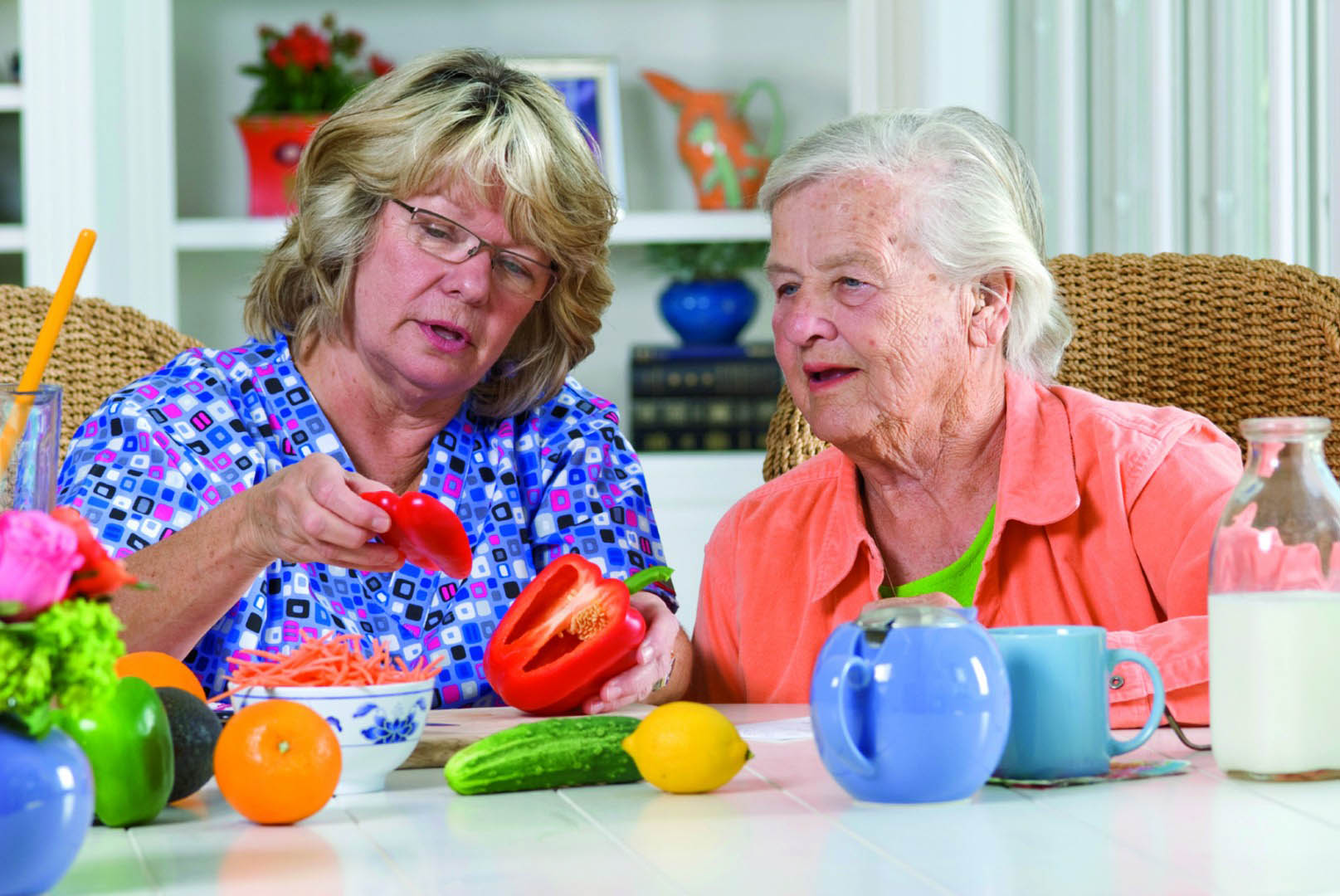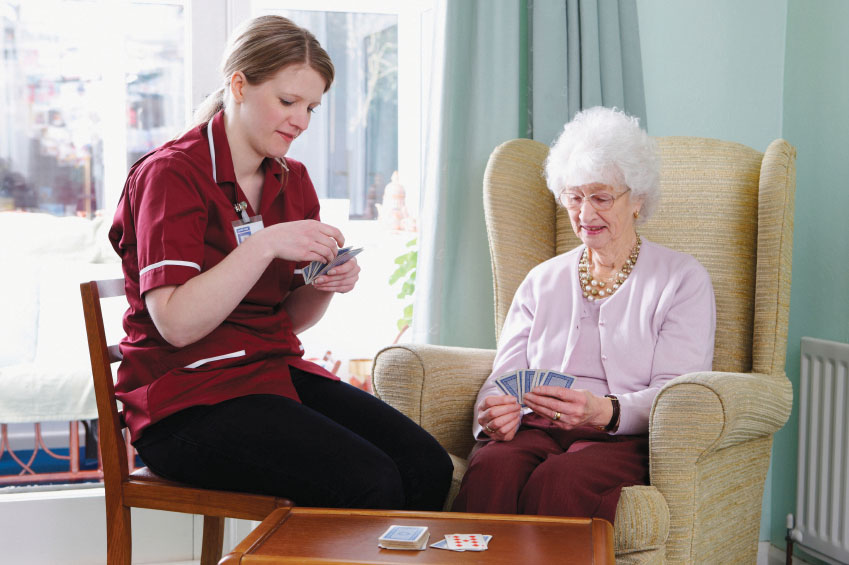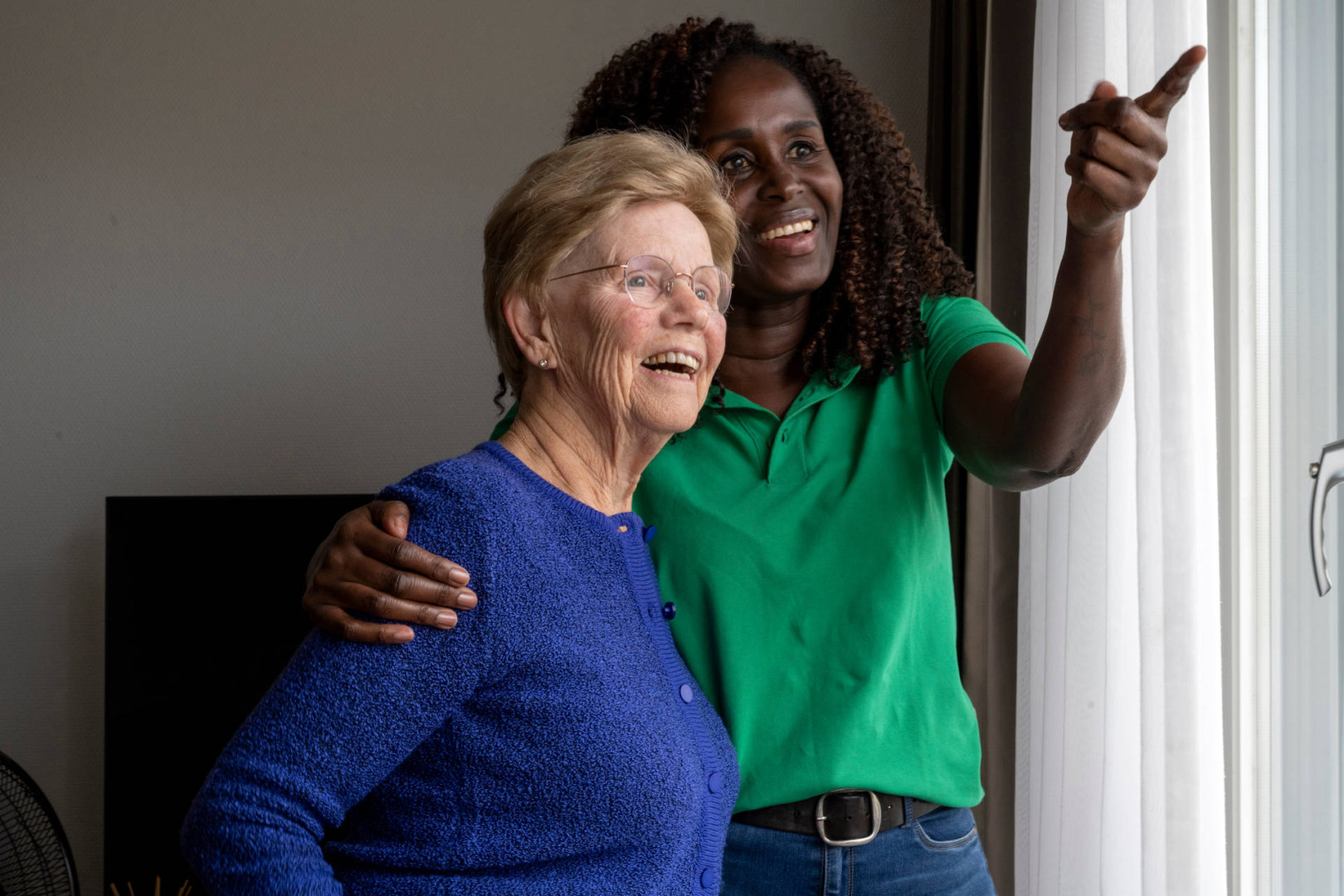What family caregivers often need most is sound advice, regular respite and an extra set of hands.
Friends may scatter when one becomes the primary caregiver for a spouse or parent, and not everyone has siblings or other family members they can depend on to share the load. A carefully selected care team is a necessary complement to a loved one’s detailed care plan.
Step 1: Draft a list of prospective team members
Write down the name of each family member, friend or neighbor with whom you regularly interact. Forego any initial judgements or doubts about their usefulness in your care plan—just let the ideas flow.
Step 2: Assess each individual’s strengths
Assess the strong suit of each person on your list. Is your best friend financially savvy? Can your cousin listen to you vent for as long as you need to without interrupting or casting judgement? Does your neighbor offer to help keep an eye on Mom when she’s tinkering outside in the garden? Each of these people have specific talents or capabilities that can help you execute your care plan. However, be sure to factor in each person’s attitude before making them a part of your care team. Your sister may have plenty of free time to help drive Dad to and from doctor’s appointments, but if she brings negativity or criticism to your regular routine, then the drawbacks may outweigh the benefits of her contribution.
Step 3: Create your all-star care team
Revise your remaining list to create a foolproof roster of people who will assist you with caregiving and day to day tasks. Do not include anyone who may make your duties more difficult or complicated. This is your go-to tool for getting outside help whether it is planned well in advance or needed last-minute due to an urgent situation. Include each person’s contact information and, if possible, an outline of their weekly schedule. This will help you quickly reference when a team member is available to pitch in.
Step 4: Assign roles for each member
Now identify specific tasks in your care plan that would be a good fit for each team member. It is best for caregivers to be very specific about what kinds of assistance they would appreciate. For example, if your son lives nearby, ask if he can tend to yardwork or any home maintenance projects once or twice each month. If you struggle to prepare dinner on Wednesdays, (your busiest day of the week) see if Mom’s friend from church can pick her up for a weekly dinner date. The goal of creating this team is to be able to meet your loved one’s needs (as well as your own) without every single responsibility falling solely on your shoulders.
Step 5: Add some pros to your team
Relatives and friends aren’t the only people a caregiver should have on their care team. There are a number of specialists who can help you make caregiving go as smoothly as possible without running yourself into the ground. A reputable financial planner can assist with complicated fiscal decisions, an elder law attorney can ensure that you and your loved one are legally prepared for the road ahead, and a geriatric care manager can coordinate and advocate for the care your loved one deserves.
Furthermore, any remaining gaps in your care plan can also be filled by paid caregivers and other services. If you decide to return to the workforce, but have no one to supervise your loved one during the day, opt for home care or adult day care services. If housekeeping rarely fits into your daily or weekly routine, then arrange to have these tasks added to your home care professional’s responsibilities, or hire a cleaning service. Healthy meal delivery, pre-sorted prescription medications, and transportation services can all help to simplify your schedule.
A comprehensive care team not only assists a caregiver in executing their duties, it also helps to ensure that, should something happen to them, there is a safety net in place to continue providing care for their loved one. The more support a caregiver has, the less likely they are to experience burnout and the more sustainable their care plan will be.
By Ashley Huntsberry-Lett
https://www.agingcare.com/articles/create-a-care-team-in-5-steps-195525.htm















